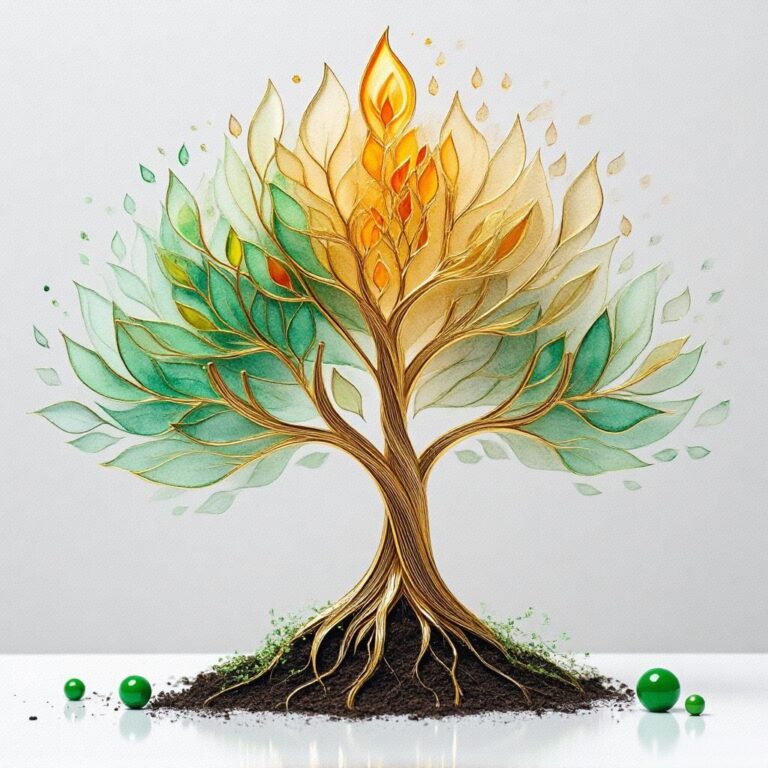Feng Shui, derived from ancient Chinese philosophy, focuses on harmonizing individuals with their environment through spatial arrangement, including the strategic use of colors. This survey note delves into the intricate associations of colors with the five elements, their meanings, and practical applications, providing a comprehensive guide for enthusiasts and practitioners alike.
Understanding Feng Shui and Colors
Feng Shui, meaning “wind and water,” aims to optimize the flow of Qi, or energy, in living spaces. Colors play a pivotal role, as they are believed to influence emotions, health, and prosperity. They are primarily categorized by the five elements: wood, fire, earth, metal, and water, each with distinct color associations and energetic properties.
The Five Elements and Their Colors
The following table outlines the colors associated with each element, based on extensive research from reliable sources:
| Element | Associated Colors | Meanings |
|---|---|---|
| Wood | Green, Blue-green (e.g., turquoise, teal) | Growth, Harmony, New Beginnings, Vitality |
| Fire | Red, Orange, Pink | Energy, Passions, Creativity, Transformation |
| Earth | Yellow, Brown, Orange | Stability, Nurturing, Grounding, Support |
| Metal | White, Gold, Silver, Metallic shades | Clarity, Precision, Efficiency, Wealth |
| Water | Blue, Black | Wisdom, Intuition, Calmness, Flow |
These associations were derived from multiple sources, such as The Meanings of Major Colors in Feng Shui and Feng Shui Colors for Directions and Elements, which highlight the elemental connections and their psychological impacts.
Additional Colors and Their Significance
Beyond the five elements, colors like purple have emerged as significant in Feng Shui practice. Research indicates purple is associated with wealth, abundance, nobility, and spirituality, often used to enhance the wealth corner (southeast) of a home. For instance, Feng Shui Purple Color Associations notes its connection to royalty and yang energy, suitable for workspaces but cautioned against in bedrooms due to its stimulating nature.
The Bagua Map and Color Application
The bagua map, a fundamental Feng Shui tool, divides the home into nine areas, each corresponding to life aspects and elements, guiding color choices. For example:
- North (Career): Governed by water, favorable colors are blue and black, enhancing career opportunities and wisdom, as seen in A Feng Shui Guide to Color.
- South (Fame and Reputation): Governed by fire, red, orange, and pink are recommended to boost recognition and energy.
- East and Southeast (Health, Family, Wealth): Governed by wood, green and blue-green promote growth and prosperity, aligning with Feng Shui Color Theory Basics.
This directional application ensures colors harmonize with the intended energy of each area, though interpretations can vary, with some sources suggesting flexibility based on personal intuition.
Personal Element and Color Preferences
An additional layer is personal color selection, based on one’s birth element, determined by the year of birth. For instance, if someone’s personal element is wood, green and blue-green colors are nourishing, as detailed in Find Your Best Personal Feng Shui Colors. This personalizes color choices, potentially conflicting with directional recommendations, requiring a balance between traditional guidelines and individual comfort.
Practical Tips for Using Colors
When applying Feng Shui colors, consider the following:
- Balance: Avoid overwhelming spaces with too much of one color; for example, excessive red can be overstimulating, while too much black may feel depressing, as noted in Choosing a Color Using Feng Shui.
- Moderation: Use colors in moderation, such as accents or decor, to maintain harmony.
- Personal Preferences: While traditional guidelines are key, how a color makes you feel is crucial. If a non-recommended color brings joy, it may still be beneficial, reflecting modern interpretations in Feng Shui Color Series: Passion for Purple.
- Cultural Context: Colors like white, associated with metal and clarity, may also relate to mourning in some cultures, adding complexity to their use, as mentioned in The Meanings of Major Colors in Feng Shui.
Controversies and Variations
There is some controversy around color associations, particularly with colors like blue, sometimes linked to both wood and water, depending on the source. For instance, Feng Shui “Correct” Colors warns against oversimplifying color choices based on personal trigrams, suggesting a nuanced approach. This highlights the need for flexibility and consultation with experts for precise applications.
Conclusion
Learning about Feng Shui colors involves understanding their elemental associations, meanings, and practical applications in home design. By aligning colors with the bagua map and considering personal elements, one can create a balanced, harmonious environment. This survey note provides a comprehensive overview, ensuring users have all necessary details to explore and apply Feng Shui colors effectively.

